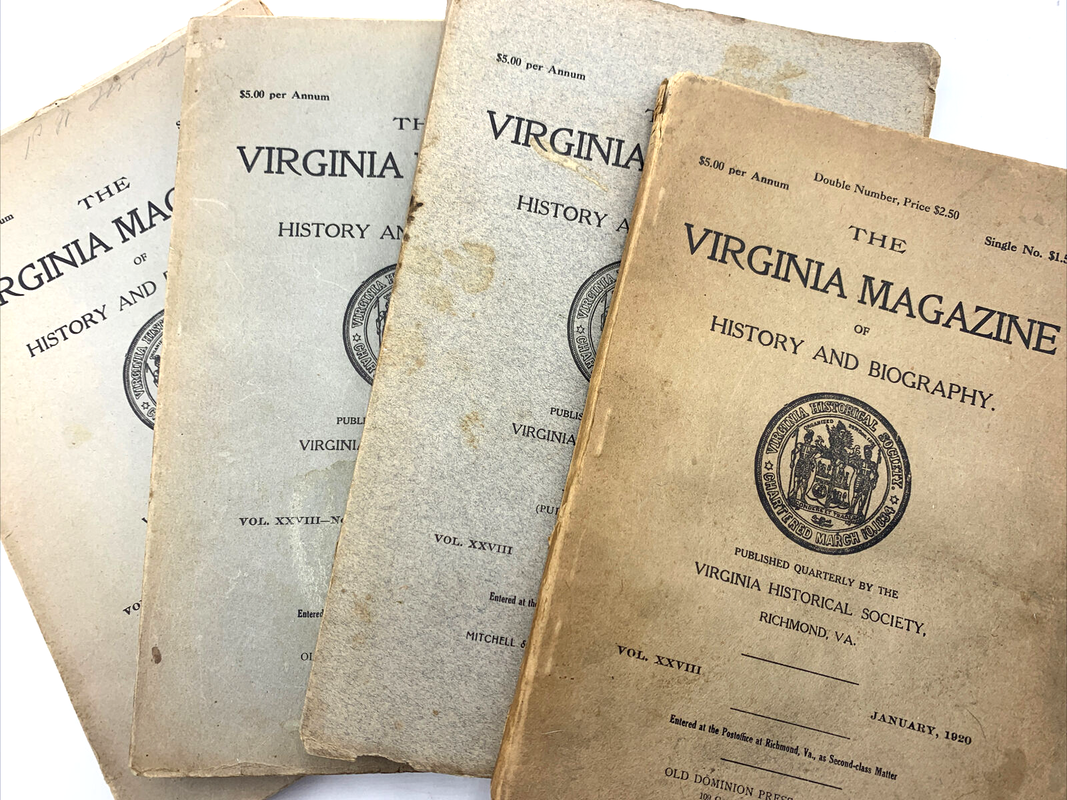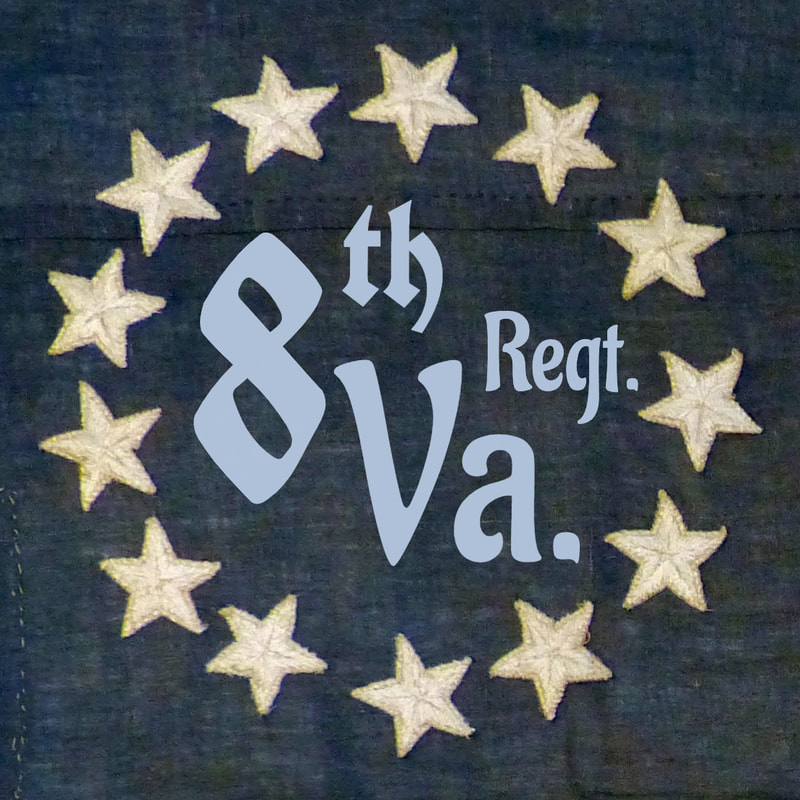Reference and General
Colonial Pennsylvania and VirginiaThe Shenandoah Valley and backcountry Virginia had close ties to Pennsylvania. The two colonies even overlapped in the territory around Pittsburgh—a dispute that was not settled until 1780. The vast majority of Virginia's western settlers were Protestant Irish and German immigrants who came from Philadelphia via the Great Wagon Road, either immediately or over the course of one or two generations.
Pre-War Political and Indian Conflict
New England and Canada (1775-1776)The first truly Continental soldier were Virginia, Maryland, and Pennsylvania frontier riflemen who were recruited to support the 1775 siege of Boston. Some, including Daniel Morgan, participated in the invasion of Canada.
The Ouster of Lord Dunmore (1775-1776)
The 8th Virginia Regiment
Virginia Continentals
The First Southern Campaign (1776)
The Mid-Atlantic Campaign (1776-1777)
The Philadelphia Campaign (1777)
The Saratoga Campaign (1777)About 400 Virginia and Pennsylvania marksmen reinforced the northern army late in the summer of 1777 and participated in the battles at Freeman's Farm and Bemis Heights leading to the surrender of British Gen. John Burgoyne.
The Western War
The Second Southern Campaign (1780-1781)
The Yorktown Campaign (1781)
The Late War (1782-1783)
The Constitution and Western Settlement
1 Comment
glen booher
6/12/2024 06:36:37 pm
this is an awesome reading list. first class
Reply
Leave a Reply. |
Gabriel Nevilleis researching the history of the Revolutionary War's 8th Virginia Regiment. Its ten companies formed near the frontier, from the Cumberland Gap to Pittsburgh. Categories
All
Archives
June 2024
© 2015-2022 Gabriel Neville
|


 RSS Feed
RSS Feed